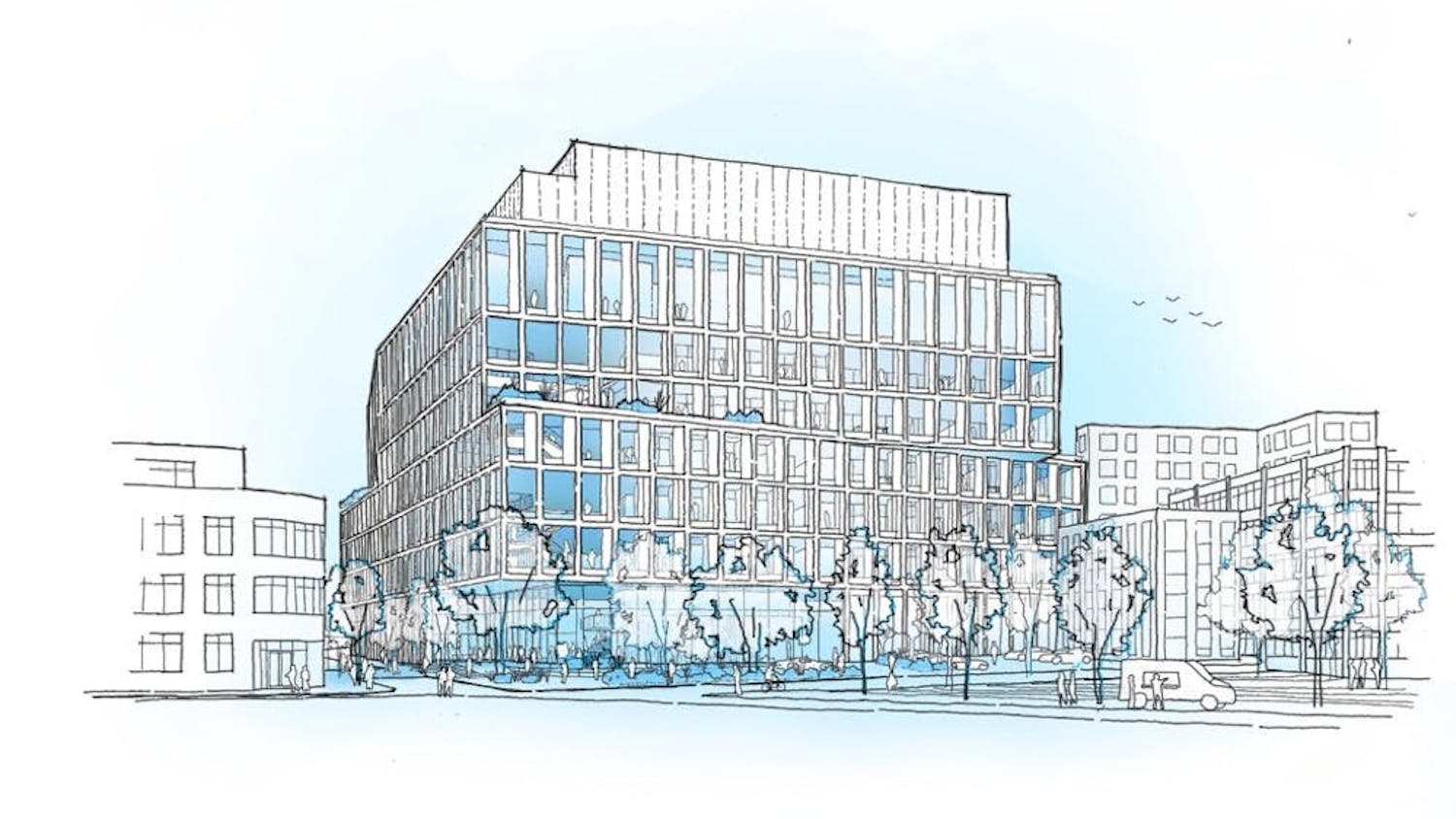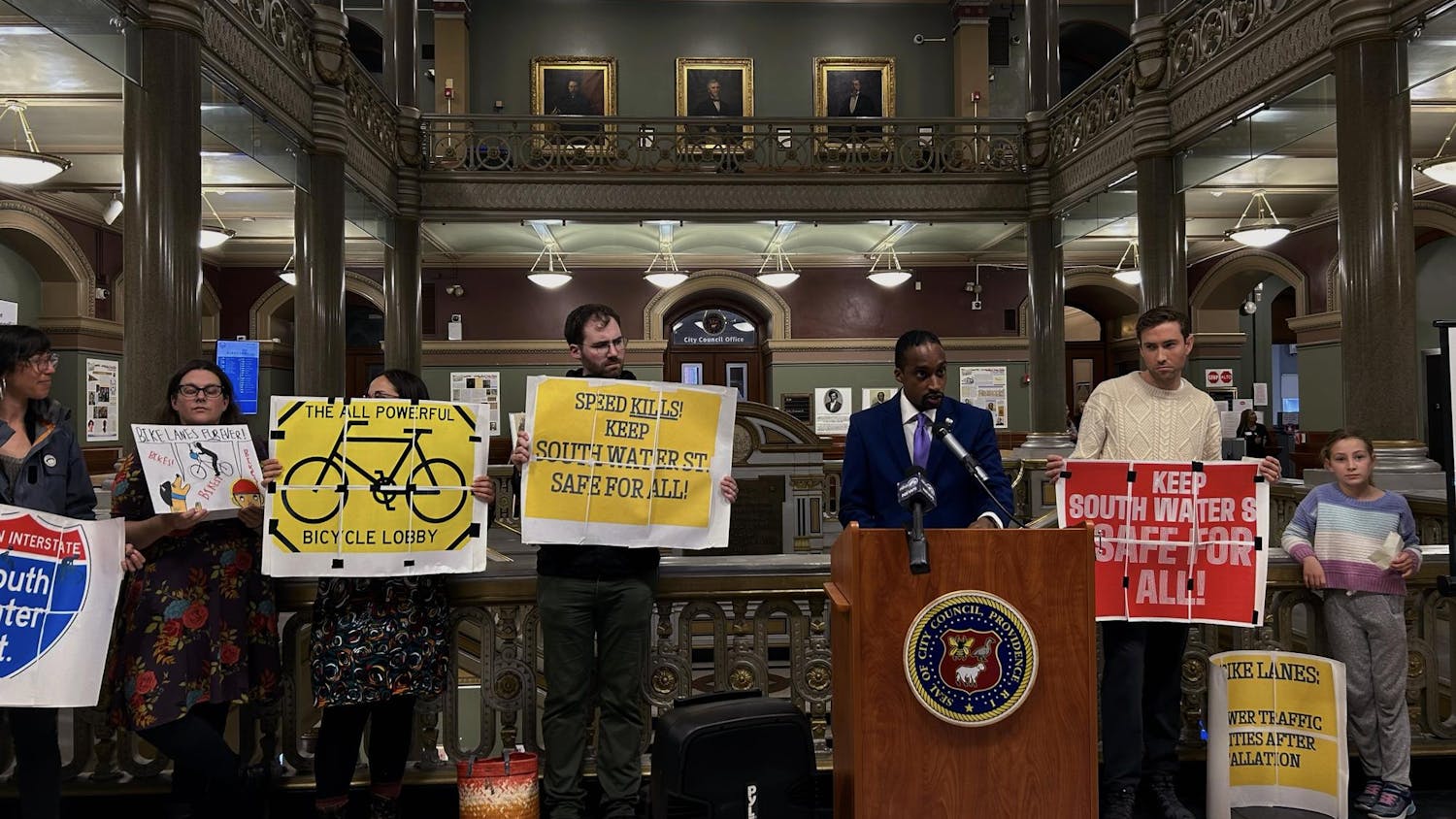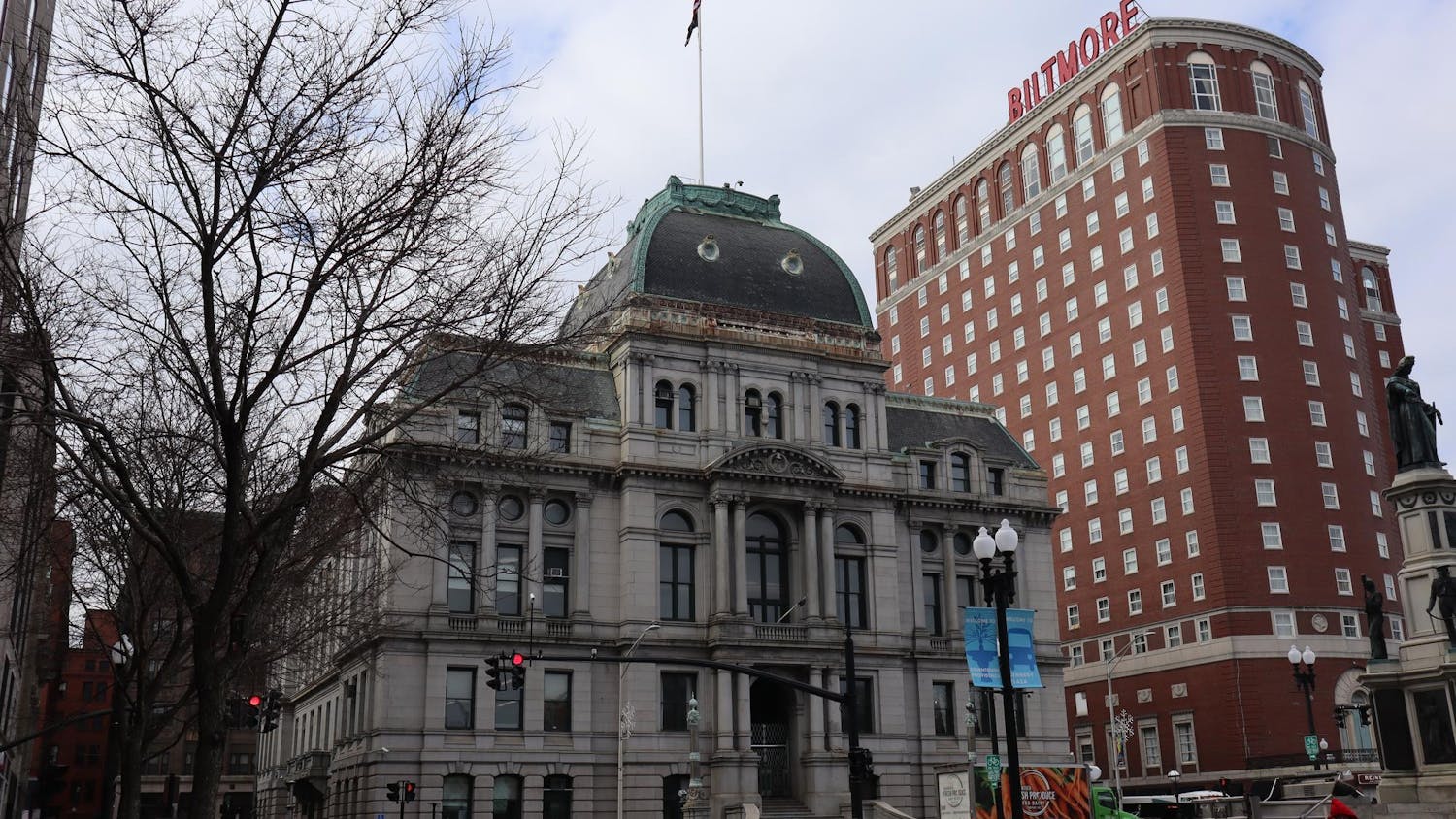Calling for sweeping cuts to close a two-year $180 million budget gap, Providence Mayor Angel Taveras called the city's finances a "category five" hurricane. But last Tuesday, that would have more aptly described the city's embattled school system.
Still reeling from the mayor's decision to fire all of Providence's teachers and close four of the city's schools to rein in the city's deficit, the district suffered two additional blows as its top education official resigned, and four of its schools were singled out for state intervention.
The Rhode Island Department of Education named five low-performing schools that will require comprehensive reform under federal guidelines. Providence Public School District Superintendent Tom Brady also announced he would be leaving his position this July, three years after taking the reins as the city's leading school administrator. Brady's resignation begins a search for a replacement, adding a new uncertainty to ongoing negotiations with the Providence Teachers Union over the fates of the 1,926 teachers the mayor fired this February.
The back-to-back announcements come as the district — which serves many of the most impoverished communities in the state — confronts the twin realities of failing schools and diminishing resources available to fix them. Since education officials began naming the state's worst schools last year, eight of the 10 schools announced have been in the Providence school district. And with education spending making up over half of the city's budget, schools have come under fire for cuts that have left parents, students and teachers unsure of where they will end up once the storm of school closings and teacher firings subsides.
Feeling the strain
The four Providence schools that the Rhode Island Department of Education designated as "persistently low-achieving" are Dr. Jorge Alvarez High School, Hope Information Technology School, Mount Pleasant High School and Mary E. Fogarty Elementary School. Hope Information Technology School is part of the Hope High School complex.
The fifth school named by the department — the Rhode Island School for the Deaf — is operated by the state.
The announcement places "a tremendous strain on a district with already low morale," particularly for teachers still wondering whether they will lose their jobs, said Steve Smith, president of the Providence Teachers Union.
The department must target the worst 5 percent of its schools for state intervention to receive Title I federal grant funds allocated for schools serving low-income students, according to Elliot Krieger, the department's spokesman. The schools were selected based on a formula that factors in standardized test performance, graduation rates and other criteria laid out by the No Child Left Behind act.
Given the district's demographics, it could be expected that the vast majority of the schools named as the state's lowest-performing in the past two years are in the Providence school district, according to Krieger. "Most of the high-poverty schools would be in Providence, so it isn't surprising that eight of the 10 would be Providence schools," he said.
Under the department's protocol, the leadership of the schools designated for intervention have 45 days from the date of the announcement to solicit feedback from their communities and select from among four reform options. If the schools fail to make sufficient improvement, they can be taken over by the state Department of Education and Board of Regents for Elementary and Secondary Education.
A tough road ahead
The experiences of the six schools singled out last January show that the road to reform for this year's schools will not be easy. Of those named last year, five schools were run by the Providence school district. One, Feinstein High School, was already slated for closure due to declining enrollment when it was named.
The sixth, Central Falls High School, garnered national attention after Central Falls Superintendent Frances Gallo fired all of the school's teachers when their union refused to agree to concessions like working longer hours and undergoing tougher evaluations.
The state Department of Education also announced March 29 that it had approved the reform plans of four of the Providence schools named last year. By green-lighting the plans, Education Commissioner Deborah Gist also gave the schools $600,000 in federal funds to implement them between April and September of this year.
The biggest challenge these troubled schools face is finding the resources to make necessary improvements, according to Warren Simmons, director of Brown's Annenberg Institute for School Reform. Schools also confront the difficult tasks of securing stable leadership and generating community support to succeed in their reform efforts, Simmons said.
Once failing schools are named, they face four options — turnaround, restart, transformation and closure. Under the turnaround model, the school must replace its leadership, rehire at most 50 percent of its staff, restructure its governance and improve professional development. Restart requires the school to reopen as a charter school, a regional collaborative or a joint management-labor compact.
Of the schools announced last year, all chose transformation — an intensive process in which schools must replace principals hired before the transformation process began, subject staff to evaluation, use data to improve outcomes and implement new incentives to recruit and retain effective teachers.
Mission not accomplished
The Providence Public School District faces a $40 million budget deficit — only part of the litany of projected structural deficits and retiree pension and health care liabilities contributing to the city's fiscal woes. In the span of little over a month, Taveras' efforts to target the school system for austerity have roiled the city's teachers union and kept community members guessing about where students will be enrolled next year.
Now, the man in charge of Providence public schools since July 2008 is stepping down.
Given that the average tenure for superintendents in urban districts is 2.8 years, Brady narrowly beats the average, Simmons said. Superintendents' short terms in office stem from the challenges of satisfying competing political and community interests, he said.
Brady's departure is "absolutely a setback," Smith said, adding that no less than the collaborative relationship praised by Education Secretary Arne Duncan is at stake.
"We've embarked on a labor-management partnership that was receiving national recognition and now, within really a couple of months, what was being recognized by Secretary Duncan has now been eliminated," Smith said.
Under Brady, the district adopted for the first time a standard curriculum in accordance with state requirements and worked with the city's teachers union to develop teacher evaluation standards and a model for turning around failing schools. At a March 20 forum on the announced school closings, Brady told audience members that his two grandchildren in Providence public schools represent a personal stake in the district's success.
At a press conference last Tuesday, Brady said his resignation was completely his own choice. He said he wants to "take a different approach," perhaps as a teacher or consultant.
Previous Providence school superintendents had departed to accept higher-profile offers in larger cities. This would not have been the case with Brady, Smith said.
"You had a guy who wanted to complete the mission," he said.




